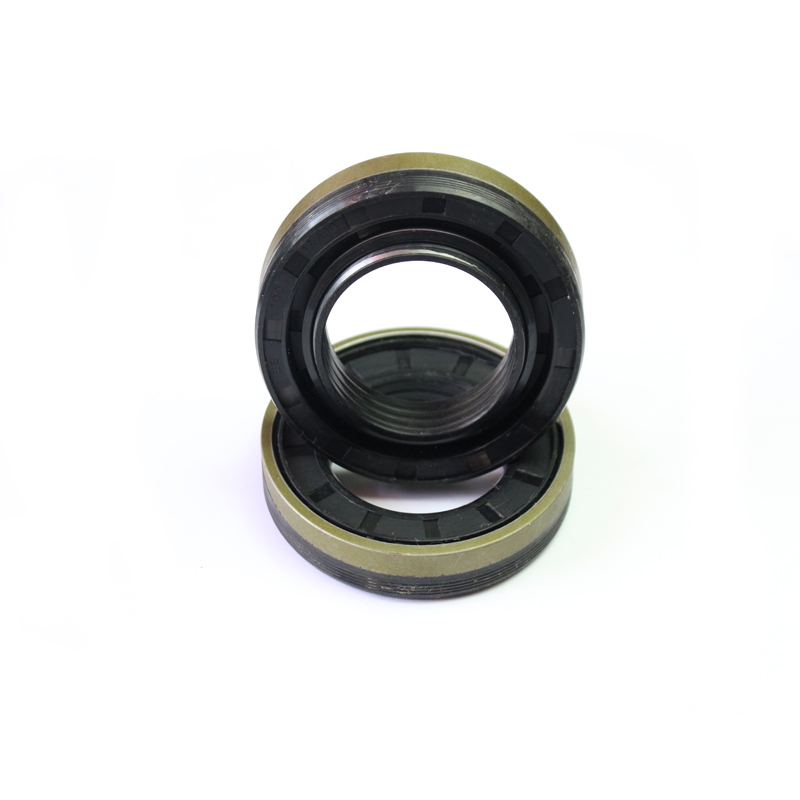Choosing the Right Replacement for LT1 Oil Pan Gasket and Its Installation Tips
Understanding the Importance of the LT1 Oil Pan Gasket
The LT1 engine, a beloved icon among car enthusiasts, is renowned for its performance and reliability. However, like any mechanical component, it requires proper maintenance to ensure longevity and peak performance. One critical component in the LT1 engine is the oil pan gasket. This article delves into the significance of the LT1 oil pan gasket, its functions, common issues, and replacement tips.
What is the Oil Pan Gasket?
The oil pan gasket serves as a seal between the oil pan and the engine block. This gasket plays a crucial role in preventing engine oil from leaking out of the oil pan, which is vital for the lubrication of engine components. A well-functioning oil pan gasket ensures that the oil remains contained within the system, thus facilitating optimal engine performance.
Functions of the Oil Pan Gasket
The primary function of the oil pan gasket is to create a leak-proof barrier. This is essential for several reasons
1. Maintaining Oil Levels Any leak from the oil pan can lead to a drop in oil levels, resulting in inadequate lubrication of critical engine components, potentially causing severe damage.
2. Preventing Contaminants The gasket also helps to keep unwanted contaminants out of the oil system. A proper seal ensures that dirt and debris do not mix with the engine oil, which could otherwise degrade its effectiveness.
3. Heat Management The oil plays a critical role in dissipating heat generated by the engine. A compromised gasket can lead to heat retention, resulting in higher operating temperatures and potential overheating.
Common Issues with the LT1 Oil Pan Gasket
Like any gasket, the oil pan gasket is susceptible to wear and tear over time
. Here are some common issues associated with oil pan gaskets- Leaks One of the most obvious signs that the oil pan gasket is failing is an oil leak. This can manifest as oil spots under the vehicle or a noticeable drop in oil levels.
lt1 oil pan gasket

- Hardening and Cracking Over time, exposure to heat and oil can cause the gasket material to harden and crack. This usually leads to a failure in sealing and can result in significant leaks.
- Improper Installation If the gasket is not installed correctly, it can lead to uneven pressure and premature failure. It’s essential to follow manufacturer guidelines closely during installation.
Replacing the Oil Pan Gasket
If you discover that your LT1’s oil pan gasket is leaking or damaged, replacing it is crucial for maintaining engine health. Here are some steps to ensure a successful replacement
1. Gather the Right Tools Ensure you have the necessary tools, including a torque wrench, synthetic oil, and a new oil pan gasket designed for the LT1 engine.
2. Prepare the Vehicle Safely lift the vehicle and secure it on jack stands. Drain the oil and remove any components that may obstruct access to the oil pan.
3. Remove the Old Gasket Carefully detach the oil pan from the engine block. Clean the mating surfaces thoroughly to remove any residue from the old gasket.
4. Install the New Gasket Place the new gasket in position and apply the appropriate torque to the bolts, following the manufacturer’s specifications.
5. Refill Oil and Test After reassembling everything, refill the engine with new oil. Start the engine and inspect for leaks, ensuring everything is functioning smoothly.
Conclusion
The LT1 oil pan gasket may seem like a small component, but its role in the engine’s overall functioning is monumental. Regular checks and timely replacements can save car owners from costly repairs and keep their engines running smoothly. Just like every other part of your vehicle, proper care and attention to the oil pan gasket are pivotal in preserving the performance and longevity of your LT1 engine.
-
The Ultimate Guide to Boat Propeller Bearings and Trailer Wheel Bearings
News Jul.31,2025
-
The Essential Guide to Marine Bearings and Boat Trailer Wheel Bearings
News Jul.31,2025
-
The Complete Guide to Heavy Duty Seals: Protecting Doors and Spaces Efficiently
News Jul.31,2025
-
Essential Guide to Marine Shaft Bearings and Boat Trailer Axle Bearings
News Jul.31,2025
-
Comprehensive Guide to Marine and Trailer Bearings for Safe Boating and Transport
News Jul.31,2025
-
Comprehensive Guide to Automotive Oil Seals: Protecting Your Engine and Shafts
News Jul.31,2025
-
Understanding Automotive Oil Seals: Essential Components for Engine and Shaft Protection
News Jul.30,2025
Products categories















